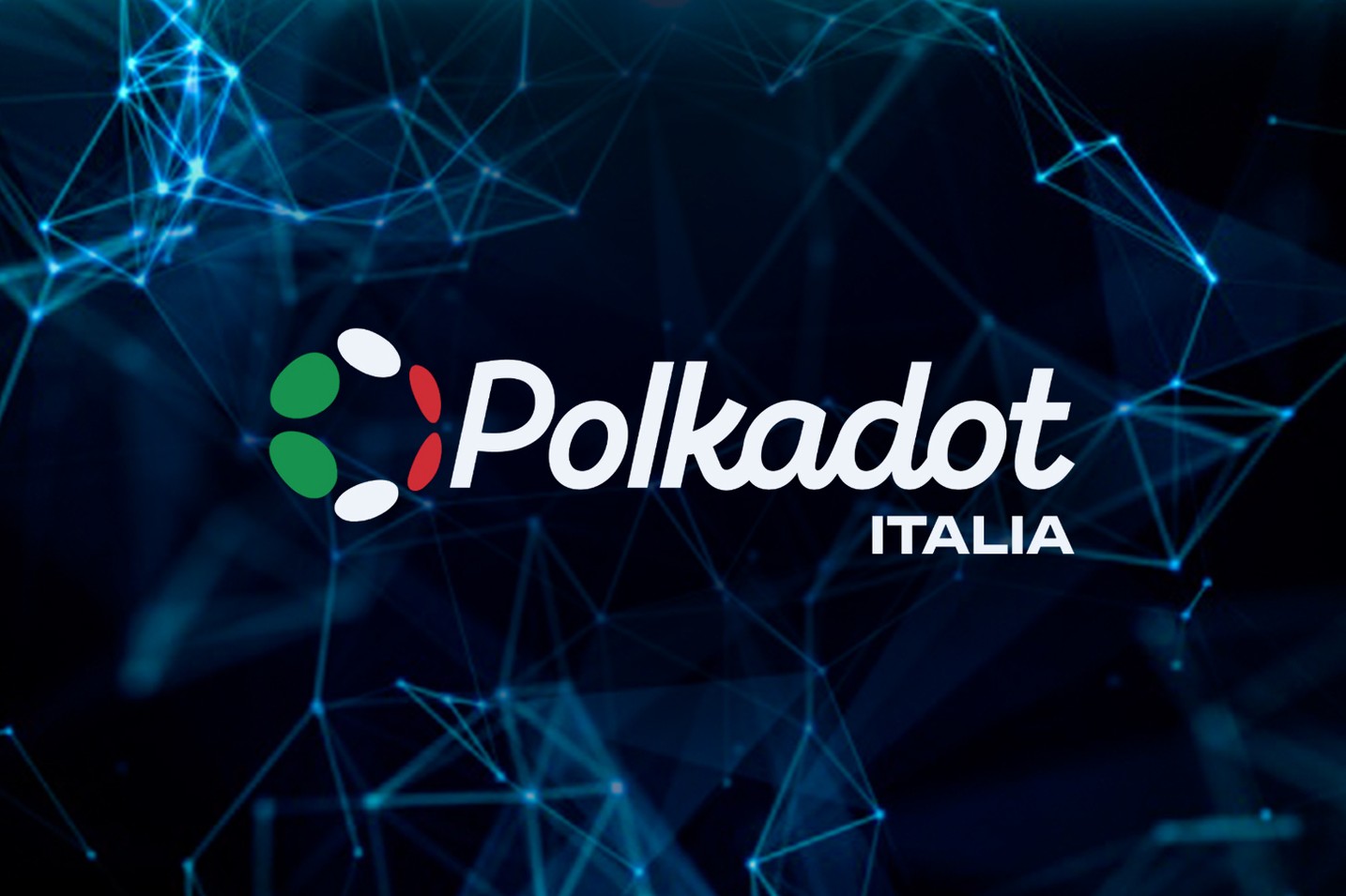This content is provided by a sponsor
Collaboration with the Blockchain & Web3 Observatory establishes Polkadot as the Premier Blockchain for European Institutional and Enterprise Adoption in 2025.
October 23, 2025, Milan - The Polkadot Community Foundation (PCF), in collaboration with the Polkadot Italia DAO, today announces the launch of its strategic partnership with Politecnico di Milano’s Blockchain & Web3 Observatory. This landmark initiative, ratified by the Polkadot community through the OpenGov governance system, marks an important step towards positioning Polkadot as one of the leading infrastructure for institutional and enterprise-level adoption across Europe.
The need for this partnership comes at a time when the maturity of blockchain technology demands structured, credible engagement with regulators, academia, and traditional finance. Widespread, sustainable adoption requires bridging the gap between decentralized innovation and the institutional world. This collaboration achieves that by uniting Polkadot’s advanced technology with the proven academic rigor and institutional access of one of Europe’s top engineering universities.
The Blockchain & Web3 Observatory at Politecnico di Milano, established in 2017, is recognized as a leading European hub. According to the prestigious QS 2025 ranking, Politecnico is the 1st University in Italy and 21st globally for Engineering and Technology. The Observatory’s track record validates its pivotal role in the European Web3 landscape:
Direct collaborations with key institutions, including the Bank of Italy, CONSOB, Visa, Ledger, Eni, the EU Commission, and the OECD.
Active contribution to high-profile initiatives such as the ECB's Digital Euro Visionary Call.
Over 400 articles published in leading outlets and recognition by CoinDesk as the top blockchain university in the EU.
Polkadot’s framework, built on Substrate and Parachains, allows institutions to deploy custom chains/services tailored for specific regulatory or privacy needs, all while inheriting the network's pooled security. This highly flexible, multi-chain environment is better suited to meet the diverse and complex compliance demands of European financial institutions than single, general-purpose chains.
While other leading Layer-1 blockchains like Ethereum, Solana, and Avalanche have successfully focused on institutional adoption primarily through Real-World Asset (RWA) tokenization and cross-border payment solutions, Polkadot’s strategy leverages its core architectural advantage: flexibility, security, scalability and interoperability.
Polkadot is complementing this technical superiority by investing in direct institutional positioning and policy research. The academic partnership ensures Polkadot’s governance and interoperability models are proactively integrated into regulatory discourse (MiCA, Digital Euro, DORA). Polkadot is establishing itself not just as a technology provider but as a credible consulting partner to regulators, leveraging the Observatory’s authority to drive long-term structural adoption.
Furthermore, the imminent arrival of Polkadot JAM (Join-Accumulate Machine), which will evolve Polkadot’s architecture into a trustless, decentralized multi-core supercomputer, underscores the network’s future-proof design. By replacing the current Relay Chain with a general-purpose computation platform based on Polkadot VM (RISC-V), JAM will deliver unparalleled scalability, compatibility, and execution capabilities without sacrificing shared security, a critical factor for institutional partners planning decades-long infrastructure rollouts.
The partnership is strategically focused on high-level institutional and professional stakeholders. Its early effectiveness is already demonstrated through recent engagement at a major international workshop in Paris, organized by the Observatory in partnership with a key French financial institution, Bpifrance. The event gathered regulators, supervisory authorities, and innovative startups, focusing on the regulatory and technological evolution of blockchain in Europe.
Polkadot Italia’s participation in this institutional workshop delivered immediate strategic value by showcasing the Polkadot model as an open and interoperable infrastructure. Key engagements during the event’s institutional and enterprise roundtables resulted in concrete opportunities:
Polkadot received an invitation to participate in a working group for a significant institutional project.
Interest was expressed in evaluating Polkadot as an alternative infrastructure for future high-profile initiatives.
A commitment was made to explore Polkadot for integration infrastructures between digital and traditional assets.
“This partnership is more than a sponsorship; it is a strategic investment in Polkadot’s credibility and penetration in Europe,” said Bonfante Remo (Polkadot ambassador) for the Polkadot Italia DAO. “The outcomes from engagements like the recent Paris event confirm the vital need for Polkadot’s systematic presence at public-private discussion tables, ensuring we are directly dialoguing with the actors shaping the future of finance and technology in Europe.”
The approval of this governance proposal and the immediate institutional successes ensure that Polkadot secures a crucial partner to translate its technological leadership into strategic and institutional influence, essential for the next phase of Web3 adoption.
About Polkadot Italia
Polkadot Italia is the community team and DAO that proposed and facilitated this strategic partnership. Composed of enthusiasts, ambassadors, and validators dedicated to growing the Polkadot ecosystem in Italy since early 2025, the team's long-term strategy is to create a coordinated Italian Hub. This hub focuses on providing essential updates and community management, while actively initiating collaborations with educational institutions and serving as the essential, reliable bridge between the community and institutional partners.
About Blockchain & Web3 Observatory at Politecnico di Milano
The Observatory is a research and knowledge dissemination center for Web3, hosted by one of Europe’s top engineering universities. Its core mission is to facilitate blockchain adoption, advance structured research, and foster collaboration among academia, institutions, and industry in Italy and across Europe.
